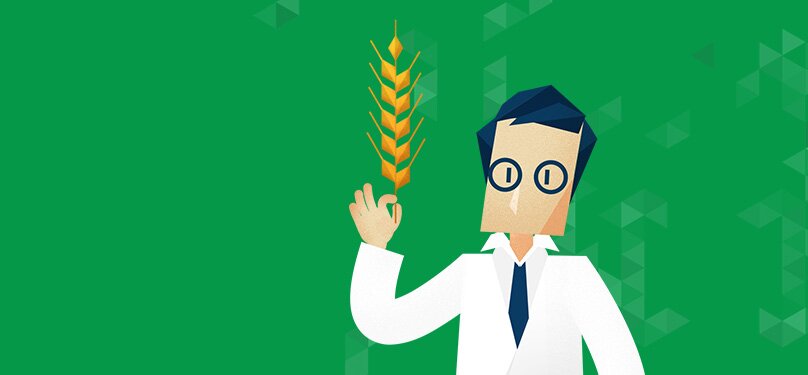Helping Genebanks and Their Users Get Along

20 March 2012
Luigi Guarino
Genebanks: what are they good for? While the answer is rarely the emphatic “Absolutely nothing!” of the anti-war song, ambivalence – or worse – about the usefulness of genebanks is expressed more often than one might think. Or, indeed, hope – if one works with genebanks for a living. It often comes in the form of pointed similes. Genebanks are “just” museums – there’s always that “just”. Morgues. Black holes, allowing stuff in, but nothing out. The alleged ignorance of the people working in them is sometimes alluded to: “They don’t even know what they have, let alone what I need.” And sometimes, to be fair, the ignorance of the potential user: “Genebank? What genebank?”
The fact is that, although all this is mostly rhetoric serving a specific agenda, it’s no good thinking there is no case to be answered. The limited figures on germplasm distributions we have suggest that many genebanks could be much more effectively used. It is sometimes way too difficult to find the material that you want in a genebank, and get seeds out in sufficient quantity and quality for you to use in your research or breeding programme. It is sometimes way too difficult to find the genebank itself, in fact.
So what can be done about this? That’s been the question behind a series of pilot activities the Trust has been supporting over the past couple of years under the title “Improving Linkages Between Conservation and Use of Food Crops in West Africa.” These activities have brought national genebanks in Mali, Ghana and Nigeria closer together with breeders and other researchers working on sorghum, pearl millet, cowpea and yams in those countries, as well as in Togo and Benin in the case of yams. Two CGIAR Centres very active in the region on these crops, IITA and ICRISAT, have also been involved. The idea was that through collaborative documentation, collecting, evaluation and pre-breeding work, the two communities – conservation and use – would learn more about each others’ needs and capacities, and crop diversity would move a bit more surely as a result along that pipeline leading – or that should lead – from the genebank to farmers’ fields.
This initiative recently came to a head in a regional workshop the Trust organized jointly with Ghana’s Council for Scientific and Industrial Research in Accra. Everyone who worked in the suite of collaborative pilot projects under the initiative took part, some thirty people involved in either conservation or use of the target crops. They presented, and discussed, both their results, and also their impressions of what had worked and what had not.
So what did we all learn from our couple of days together in Ghana? The key thing, it was clear, is information. Potential users have to know what crops are conserved where. And they need to have some basic data about each of the accessions conserved in a genebank in order to make informed decisions about which ones to request. Genebanks managers, on the other hand, need better tools to manage and make available their data. And we’re making progress on all those fronts, as you’ll agree if you click on any of these links.
But there’s more to it than that. Information in necessary, sure, but it’s not going to be sufficient. Genebanks and their users have to learn to work better together. In some cases, in fact, they have to learn to work together. Full stop. The joint activities that were undertaken as part of this pilot initiative were helpful in doing this, in particular the joint planning and priority setting they required. But the meeting concluded that the best way to really get conservation and use working closely together was in the context of a major new initiative participants proposed on climate change adaptation.
Everyone agreed that the intelligent deployment of crop diversity could have a significant impact on addressing the enormous new challenges they were already seeing rural communities grapple with in the region. That, further, farmers were already doing this to some extent, as they always have, but will increasingly be requiring assistance sourcing new diversity. And that genebanks, breeders and the seed sector needed each other if they were to have any success at all in providing that assistance. No two of those legs are enough for the stool of climate change adaptation to stand.
In fact, perhaps the most intriguing thing that came out of the meeting is that examples do exist of the successful use of conserved germplasm to address specific constraints facing the region’s agriculture. We heard about interesting yam and stay-green millet diversity being made available to farmers, for example. It’s just that they are not widely known, and impact has generally not been quantified.
If we are to hear the question “Genebank? What genebank?” for the last time, we will need to be better at publicizing such genebank success stories. But – and here’s the crucial point –they will not be just genebank success stories. Genebanks, breeders, the seed sector and farmers are in this together.
